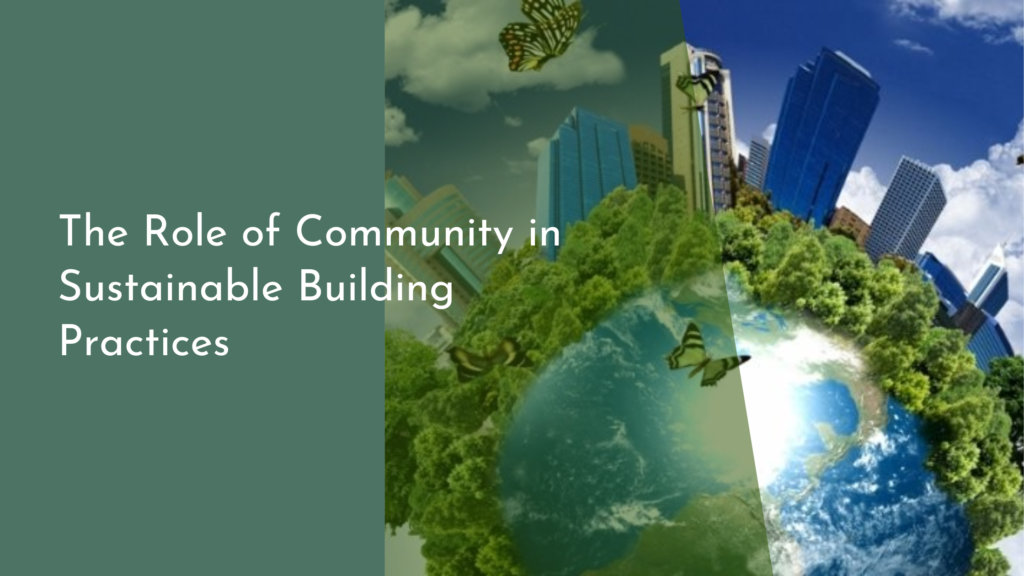Urban Wildlife Management: Sustainable Strategies for Cities
As urban areas expand and populations grow, wildlife finds itself adapting to new environments, often leading to a complex relationship between animals and city dwellers. Urban wildlife management has emerged as a vital field that works to harmonize these interactions, ensuring both human and animal populations can coexist sustainably. This evolving discipline recognizes that cities can be more than just concrete jungles; they can also be refuges for a diverse array of wildlife. From birds nesting on balconies to raccoons rummaging through trash cans, urban wildlife is an integral part of city life that deserves thoughtful stewardship.
In this article, we will explore various aspects of urban wildlife management, highlighting sustainable strategies that cities can adopt to create a harmonious living ecosystem. By engaging communities in wildlife care and sharing success stories from cities around the globe, we aim to inspire a more profound appreciation for the wild neighbors that share our urban landscapes. Let’s embark on this journey to embrace nature within our bustling metropolises!
Embracing Nature: The Rise of Urban Wildlife Management
Urban wildlife management is gaining traction as cities recognize the ecological benefits and challenges posed by wildlife inhabiting urban areas. With increasing awareness of environmental issues, many urban planners and local governments are beginning to integrate wildlife considerations into their development plans. This shift acknowledges that a healthy urban ecosystem contributes to the overall well-being of city residents, offering benefits such as improved air quality, reduced heat islands, and enhanced mental health through access to green spaces.
Moreover, the rise of urban wildlife management reflects an increasing desire among city dwellers to reconnect with nature. People are beginning to appreciate the presence of wildlife in their neighborhoods as a source of joy and wonder. Whether it’s watching a family of foxes pass through a park or discovering a new species of bird in their backyard, urban residents are embracing the idea that wildlife can thrive in harmony with human life. This cultural shift sets the stage for innovative strategies that promote coexistence and sustainability.
Sustainable Strategies: Balancing Wildlife and Urban Life
To achieve a sustainable balance between urban development and wildlife preservation, cities are adopting a variety of strategies. One effective approach is the creation of green corridors—networks of parks, gardens, and other green spaces that connect fragmented habitats. These corridors not only provide essential resources for wildlife but also enhance the aesthetic appeal of urban environments, promoting biodiversity and ecological health. Green roofs and walls are also becoming popular, allowing for the integration of flora and fauna into the very fabric of urban architecture.
Another key strategy involves implementing wildlife-friendly policies and practices. Cities can develop guidelines that prevent human-wildlife conflicts, such as installing bear-proof garbage bins or creating nesting sites for birds. Education campaigns can also play a vital role in informing residents about the importance of urban wildlife and how to coexist peacefully with it. By prioritizing sustainable practices, cities can create environments where both humans and wildlife flourish, ultimately forming a more resilient ecosystem that benefits everyone.
Engaging Communities: Involving Residents in Wildlife Care
Community engagement is crucial for the success of urban wildlife management initiatives. By involving residents in wildlife care, cities can foster a sense of stewardship and responsibility for local ecosystems. Programs such as citizen science initiatives allow community members to monitor local wildlife populations, contributing valuable data for conservation efforts. Workshops and educational events can also empower residents to create wildlife-friendly spaces, such as pollinator gardens or bird feeders, thereby enhancing their neighborhoods while supporting biodiversity.
Furthermore, engaging communities fosters a sense of connection and pride among residents. When people actively participate in wildlife management, they become more invested in their surroundings and develop a deeper appreciation for the natural world. This connection can lead to more sustainable behaviors, such as reducing litter and advocating for green spaces. By building a culture of collaboration and respect for wildlife, cities can cultivate an environment where both people and animals thrive in harmony.
Success Stories: Cities Thriving with Urban Wildlife Efforts
Numerous cities around the world are leading the charge in urban wildlife management, proving that sustainable strategies can yield remarkable results. One notable example is Singapore, which has successfully integrated nature into its urban landscape. Through initiatives like the Park Connector Network, Singapore has created an extensive system of parks and green spaces that encourage biodiversity. The city-state’s commitment to sustainability has earned it the reputation of being a “City in a Garden,” showcasing how urban areas can embrace nature while promoting wildlife conservation.
Another inspiring case is New York City, where local organizations have been working tirelessly to support urban wildlife through initiatives such as the NYC Pigeon Project and the NYC Urban Forestry Initiative. These programs aim to educate residents about the city’s diverse wildlife and promote the protection of local species. By actively engaging with the community, New York has seen a resurgence of urban wildlife, from peregrine falcons reclaiming the skies to the flourishing of native plants in green spaces. Such success stories highlight the potential of urban wildlife management to transform cities into thriving ecosystems that celebrate both human life and nature.
Urban wildlife management is not just an environmental necessity; it’s an opportunity for cities to embrace the beauty of nature and foster a harmonious coexistence with wildlife. By employing sustainable strategies and engaging communities, cities can create vibrant ecosystems that enhance the quality of life for all inhabitants—human and animal alike. As we look to the future, it’s essential to recognize the importance of integrating wildlife considerations into urban planning and to celebrate the success stories of cities that are already making strides in this area. Together, we can build a more sustainable world where urban wildlife is not just tolerated but cherished and protected.

